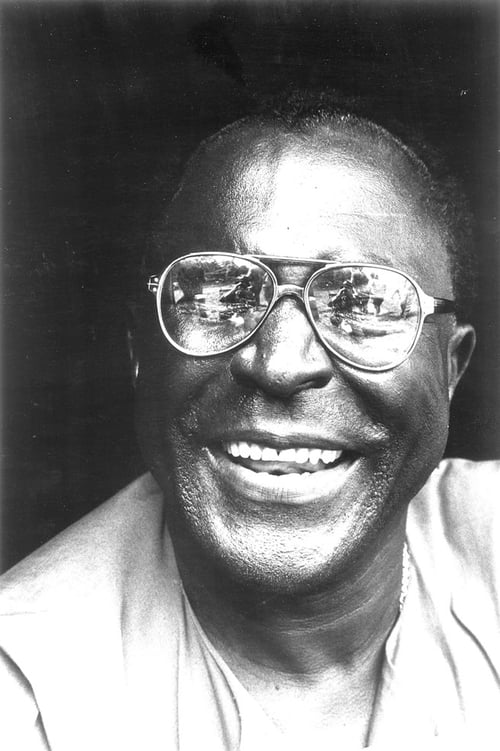Sonny Terry
Nascimento : 1911-10-24, Mineola, New York, U.S.
Morte : 1986-03-11
História
Sonny Terry was an American Piedmont blues and folk musician, who was known for his energetic blues harmonica style, which frequently included vocal whoops and hollers and occasionally imitations of trains and fox hunts.

Self (Sonny Terry & Brownie McGhee)
Taken from the European tours organised for American blues musicians between 1962 and 1969, this release features performances by several popular blues artists, including: Big Mama Thornton, Roosevelt Sykes, Buddy Guy, Dr. Isaiah Ross, Big Joe Turner, Skip James, Bukka White, Son House, Hound Dog Taylor and Little Walter, Koko Taylor and Little Walter, Sonny Terry and Brownie McGhee, Helen Humes, Earl Hooker, and Muddy Waters.

Self (archive footage)
Director Mike Figgis (Stormy Monday, Leaving Las Vegas, Time Code) joins musicians such as Van Morrison, Eric Clapton, Jeff Beck, and Tom Jones, performing and talking about the music of the early sixties British invasion that reintroduced the blues sound to America.

Himself

Sonny Terry & Brownie McGhee
Taken from the European tours organised for American blues musicians between 1962 and 1969, this release features performances by several popular blues artists, including: T-Bone Walker, Lightnin' Hopkins, Victory Spivey, T-Bone Walker ...

Sonny Terry & Brownie McGhee
Taken from the European tours organised for American blues musicians between 1962 and 1969, this release features performances by several popular blues artists, including: T-Bone Walker, John Lee Hooker, Muddy Waters, etc.
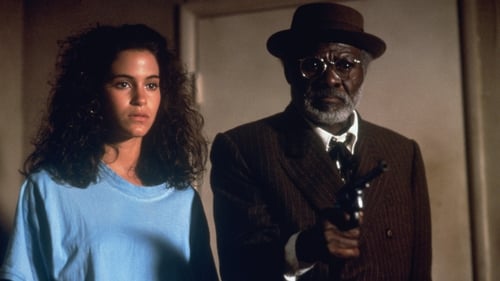
Musician
Eugene Martone (Ralph Macchio) é um jovem e talentoso guitarrista que está buscando uma canção de sucesso para alcançar o estrelato. Ele pede ajuda a Willie Brown, um veterano músico de blues, e o segue até sua cidade de origem. Aprendendo a arte do blues, o jovem não sabe que está a caminho de uma encruzilhada, onde um dia o velho negociou com o demônio sua alma em troca de fama.
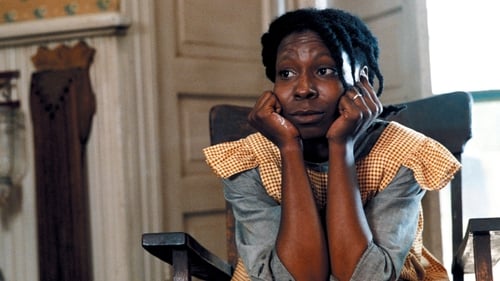
Jook Joint Musician
Em 1906, em uma pequena cidade da Georgia, sul dos Estados Unidos, a quase adolescente Celie, violentada pelo próprio pai, torna-se mãe de duas crianças. Separada dos filhos, Celie (Whoopi Goldberg, que foi indicada ao Oscar de melhor atriz por este filme em 1985), é doada à Mister (Danny Glover, de Máquina Mortífera), que a trata como companheira e escrava ao mesmo tempo. Cada vez mais calada e solitária, Celie passa a compartilhar sua tristeza em carta.

Self
A warmhearted memorial to the folk singer whose songs galvanized organizers and guitar-pickers across the United States. Part biography, part travelogue and part hootenanny, it follows the singer's son, Arlo Guthrie, as he retraces his father's steps and collects reminiscences from his father's family, friends and musical partners.
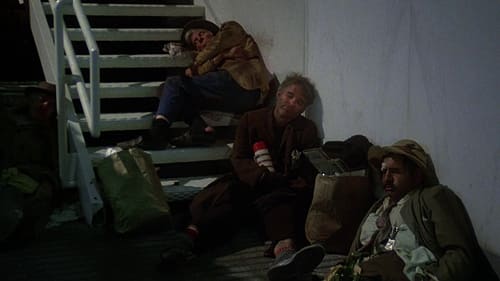
Blues Singer
Navin R. Johnson (Steve Martin) cresceu no Mississipi, tendo sido adotado por uma família de agricultores negros. Ao completar 18 anos ele tem vontade de conhecer o resto do planeta e parte para St. Louis. Todos exploram sua ingenuidade e uma invenção banal o transforma em milionário.
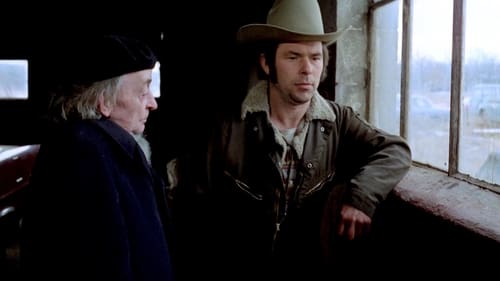
Original Music Composer
Com uma vida marcada por passagens em internatos e reformatórios, o alcoólatra Stroszek acaba de sair da prisão e passa a viver com a prostituta Eva. Ao lado do senhor Clemens Scheitz, um vizinho amigo e idoso, eles decidem ir para os Estados Unidos, procurando uma nova vida.
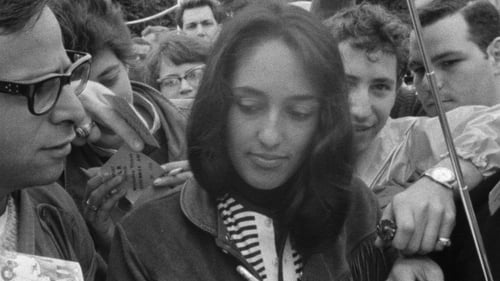
Self
Black and white footage of performances, interviews, and conversations at the Newport Folk Festival, from 1963 to 1966. The headliners are Peter, Paul and Mary, Joan Baez, Pete Seeger, and Bob Dylan, who's acoustic and electric. Son House and Mike Bloomfield talk about the blues; John Hurt, Howlin' Wolf, and Sonny Terry and Brownie McGhee show its range. The Osborne Brothers perform bluegrass. Donovan, Johnny Cash, Judy Collins, Mimi and Dick Farina, and others less well known also perform. Several talk musical philosophy, and there's a running commentary about the nature and appeal of folk music. The crowd looks clean cut.

A 16 minute short comprising 2 acts of a 1964 event where an innovative group of musicians performed on a real railroad track. The audience on one side of the tracks and the musicians on the station side.

Musician
In 1944 Lye moved to New York City, initially to direct for the documentary newsreel The March of Time. He settled in the West Village, where he mixed with artists who later became the Abstract Expressionists, encouraged New York’s emerging filmmakers such as Francis Lee, taught with Hans Richter, and assisted Ian Hugo on Bells of Atlantis. Color Cry was based on a development of the “rayogram” or “shadow cast” process, using fabrics as stencils, with the images synchronized to a haunting blues song by Sonny Terry, which Lye imagined to be the anguished cry of a runaway slave. —Harvard Film Archive

Music
In 1944 Lye moved to New York City, initially to direct for the documentary newsreel The March of Time. He settled in the West Village, where he mixed with artists who later became the Abstract Expressionists, encouraged New York’s emerging filmmakers such as Francis Lee, taught with Hans Richter, and assisted Ian Hugo on Bells of Atlantis. Color Cry was based on a development of the “rayogram” or “shadow cast” process, using fabrics as stencils, with the images synchronized to a haunting blues song by Sonny Terry, which Lye imagined to be the anguished cry of a runaway slave. —Harvard Film Archive
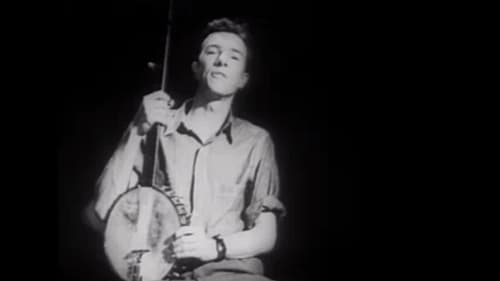
Himself
A short film about Pete Seeger and the birth of banjo music throughout the Southern United States.
